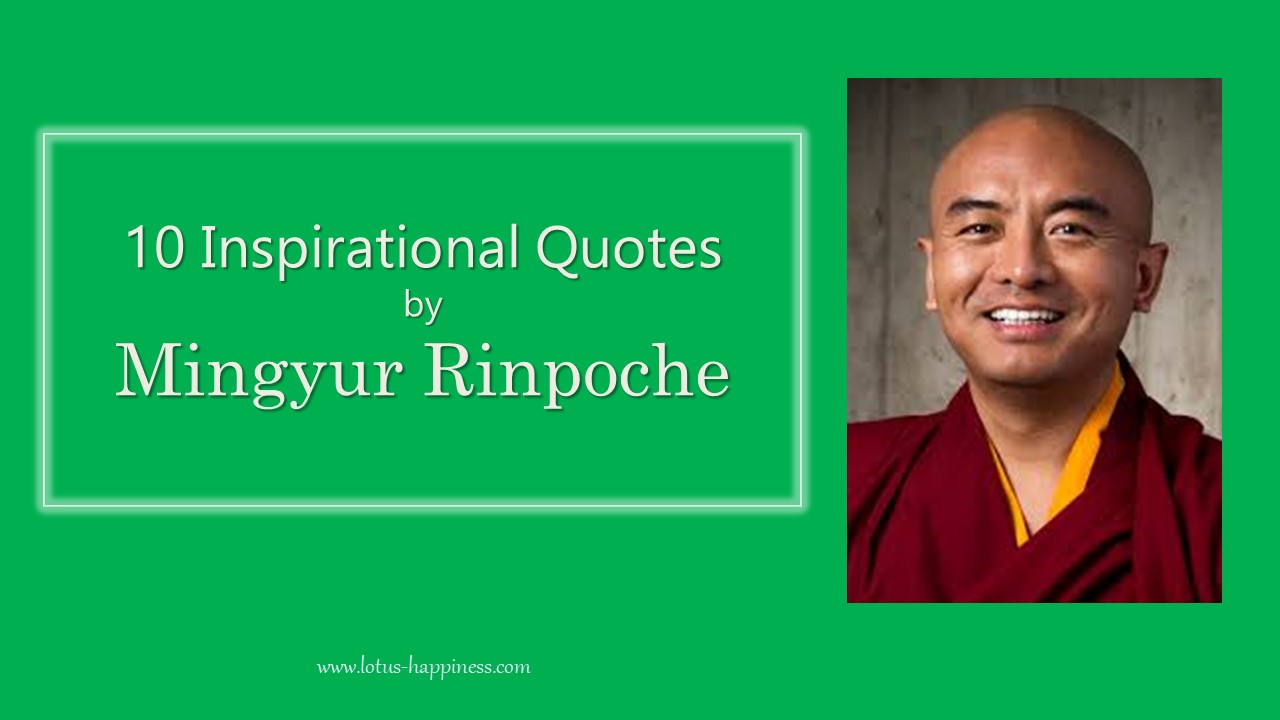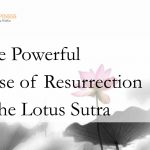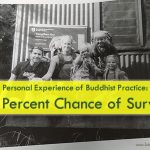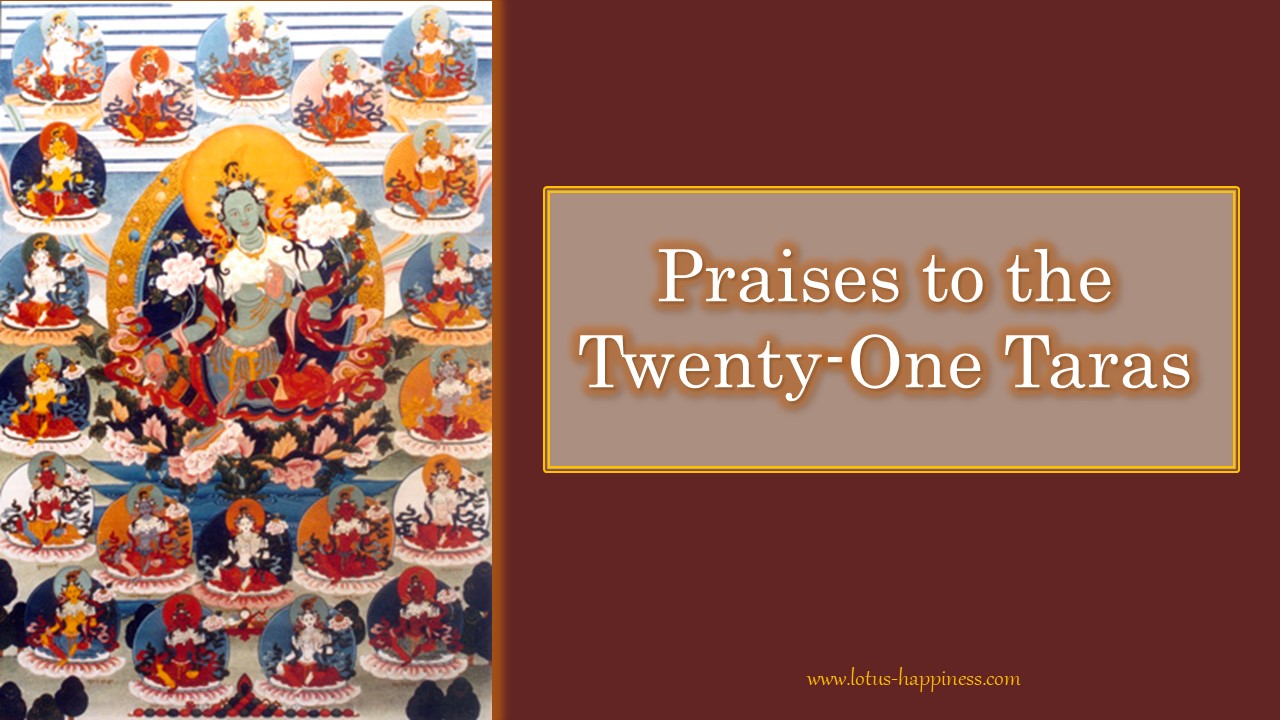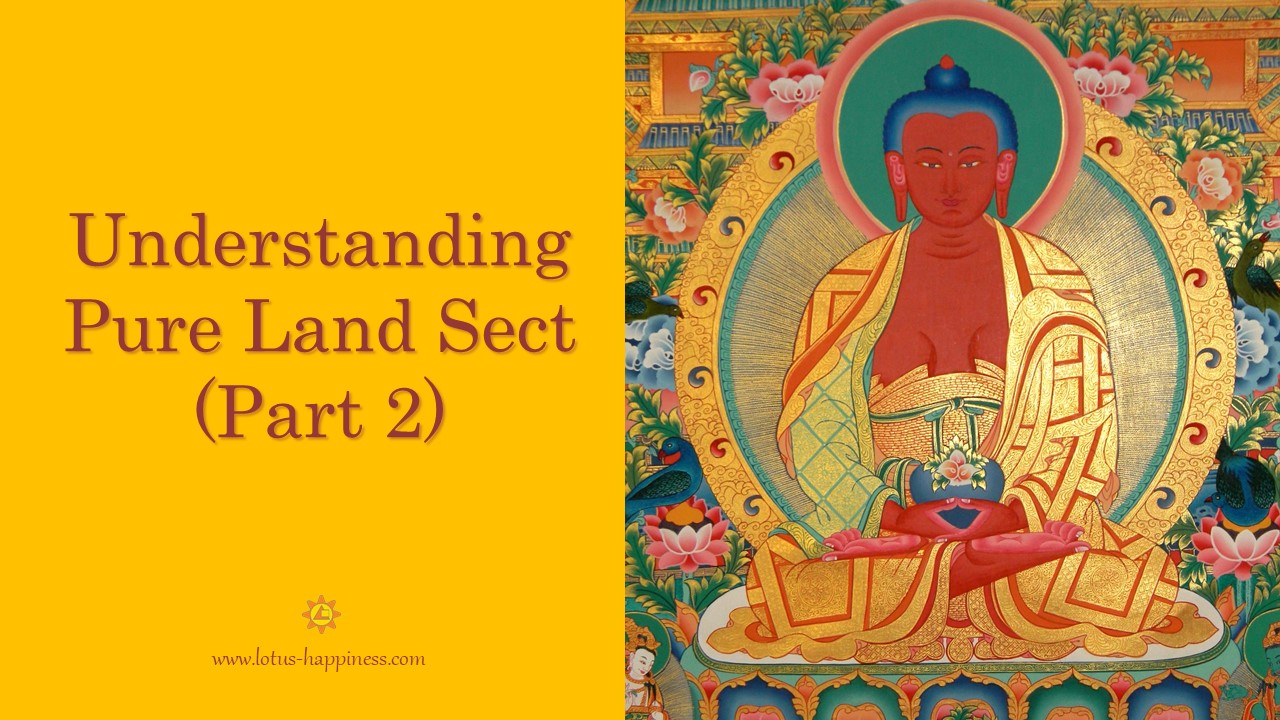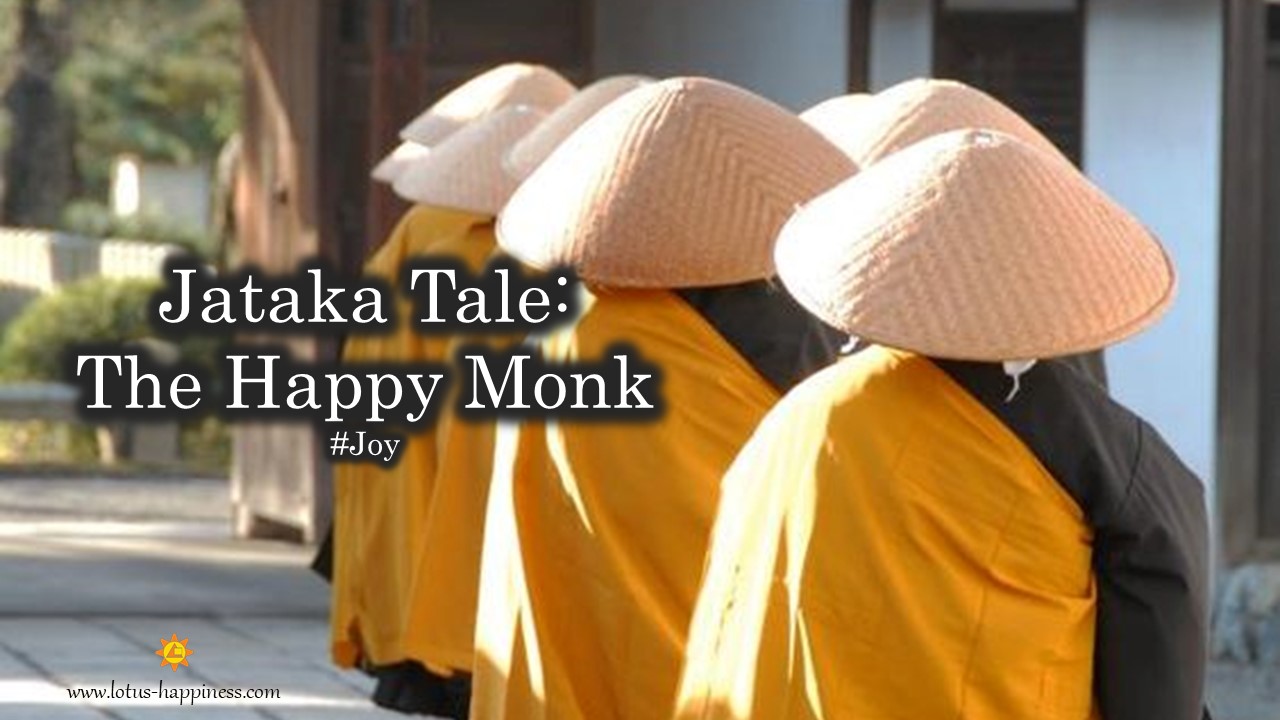10 Inspirational Quotes by Mingyur Rinpoche
Mingyur Rinpoche was born in Nepal in 1975. His father is Tulku Urgyen Rinpoche, who taught him meditation, Dzogchen and Mahamudra traditions. His mother is Sönam Chödrön, a descendant of the two Tibetan kings Songtsen Gampo and Trisong Deutsen. He is the youngest of four brothers.
His brothers are Chokyi Nyima Rinpoche, Tsikey Chokling Rinpoche, and Tsoknyi Rinpoche, and his nephews are Phakchok Rinpoche and the reincarnation of Dilgo Khyentse Rinpoche, known popularly as Khyentse Yangsi Rinpoche.
At age 11, Mingyur Rinpoche began studies at Sherab Ling Monastery in northern India, the seat of Tai Situ Rinpoche. At the age of 19, he enrolled at Dzongsar Institute to study under the tutelage of the renowned Khenpo Kunga Wangchuk. At age 20, he became abbot of Sherab Ling.
In 2007, Rinpoche successfully established Tergar Monastery in Bodhgaya, India. This is a center to hold various Buddhist events such as meditation and study groups for both Sangha and laity.
Here are 10 inspirational quotes from his book, The Joy of Living: Unlocking the Secret and Science of Happiness:
#1
“Ultimately, happiness comes down to choosing between the discomfort of becoming aware of your mental afflictions and the discomfort of being ruled by them.”
#2
“A disciplined mind invites true joy.”
#3
“We choose ignorance because we can. We choose awareness because we can. Samsara and nirvana are simply different points of view based on the choices we make in how to examine and understand our experience. There’s nothing magical about nirvana and nothing bad or wrong about samsara. If you’re determined to think of yourself as limited, fearful, vulnerable, or scarred by past experience, know only that you have chosen to do so, and that the opportunity to experience yourself differently is always available.”
#4
“The funny thing about the mind is that if you ask a question and then listen quietly, the answer usually appears.”
#5
I began to see that when the pace of external of material progress exceeded the development of inner knowledge, people seemed to suffer deep emotional conflicts without any internal method of dealing with them. An abundance of material items provides such a variety of external distractions that peolpe lose the connection ito their inner lives.”
#6
“Confusion, I was taught, is the beginning of understanding, the first stage of letting go of the neuronal gossip that used to keep you chained to very specific ideas about who you are and what you’re capable of. Confusion, in other words, is the first step on the path to real well-being.”
#7
“The habit of thinking that things exist “out there” in the world or “in here” is hard to give up, though. It means letting go of all the illusions you cherish, and recognizing that everything you project, everything you think of as “other,” is in fact a spontaneous expression of your own mind.”
#8
“The teachings of the Buddha—and the lesson inherent in this exercise in non-meditation—is that if we allow ourselves to relax and take a mental step back, we can begin to recognize that all these different thoughts are simply coming and going within the context of an unlimited mind, which, like space, remains fundamentally unperturbed by whatever occurs within it.”
#9
“Through applying intention as well as attention to an experience, a person is able to shift the meaning of an experience from a painful or intolerable context to one that is tolerable or pleasant.
#10
“The essence of Buddhist practice is not so much an effort at changing your thoughts or your behavior so that you can become a better person, but in realizing that no matter what you might think about the circumstances that define your life, you’re already good, whole, and complete. It’s about recognizing the inherent potential of your mind. In other words, Buddhism is not so much concerned with getting well as with recognizing that you are, right here, right now, as whole, as good, as essentially well as you could ever hope to be.”

